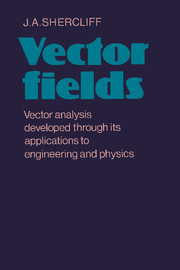Mathematical Modelling of the Human Cardiovascular System
Mathematical and numerical modelling of the human cardiovascular system has attracted remarkable research interest due to its intrinsic mathematical difficulty and the increasing impact of cardiovascular diseases worldwide. This book addresses the two principal components of the cardiovascular system: arterial circulation and heart function. It systematically describes all aspects of the problem, stating the basic physical principles, analysing the associated mathematical models that comprise PDE and ODE systems, reviewing sound and efficient numerical methods for their approximation, and simulating both benchmark problems and clinically inspired problems. Mathematical modelling itself imposes tremendous challenges, due to the amazing complexity of the cardiovascular system and the need for computational methods that are stable, reliable and efficient. The final part is devoted to control and inverse problems, including parameter estimation, uncertainty quantification and the development of reduced-order models that are important when solving problems with high complexity, which would otherwise be out of reach.
- A solid foundation for applied mathematicians, bioengineers and computational scientists interested in modelling the cardiovascular system
- Describes the most recent and efficient numerical methods for mathematical models
- Examples of possible applications illustrate the relevance of the methods
Reviews & endorsements
'Overall, there is a nice interplay between the basic biology and physiology needed to understand the model, the pros and cons of different techniques of obtaining clinical data, and the implementation of the numerical methods. Each section includes beautifully colored schematic representations of the cardiovascular system …' Sarah Patterson, Mathematical Association of America
Product details
April 2019Adobe eBook Reader
9781108572293
0 pages
46 b/w illus.
This ISBN is for an eBook version which is distributed on our behalf by a third party.
Table of Contents
- Introduction
- Part I. Arterial Circulation:
- 1. Basic facts about quantitative physiology
- 2. An insight into vascular data
- 3. Modelling blood flow
- Part II. Heart Function:
- 4. Basic facts on quantitative cardiac physiology
- 5. An insight into cardiac data
- 6. Modelling the heart
- Part III. Optimization, Control, Uncertainty and Complexity Reduction:
- 7. Beyond direct simulation
- 8. Control and optimization
- 9. Parameter estimation from clinical data
- 10. Accounting for uncertainty
- 11. Reduced-order modelling
- References
- Index.









